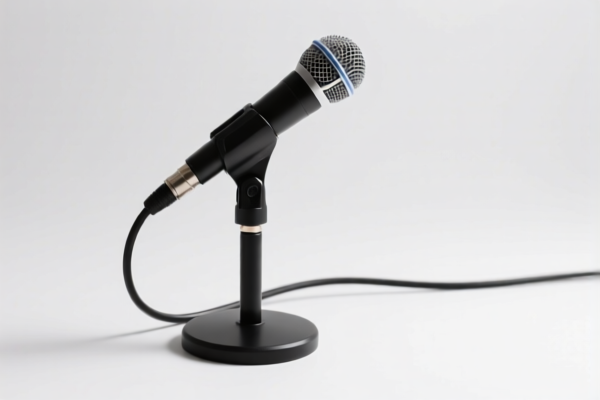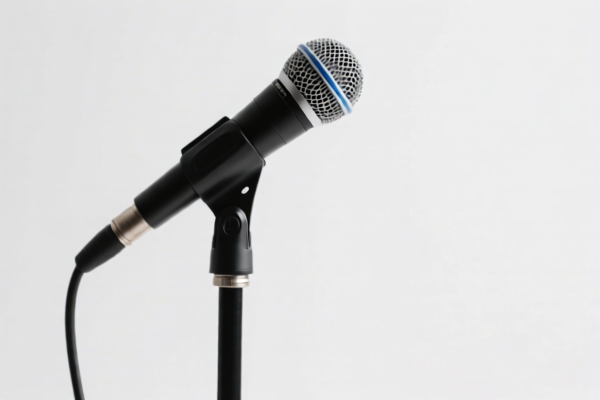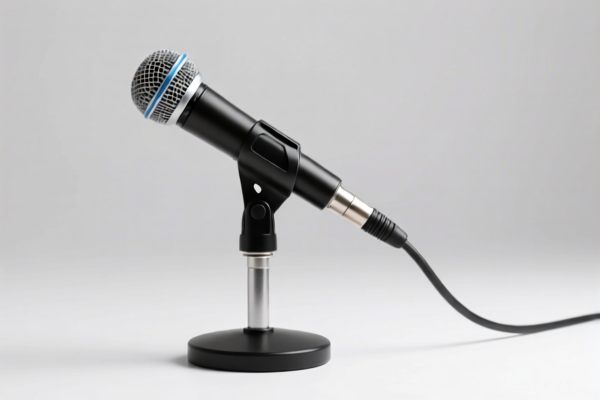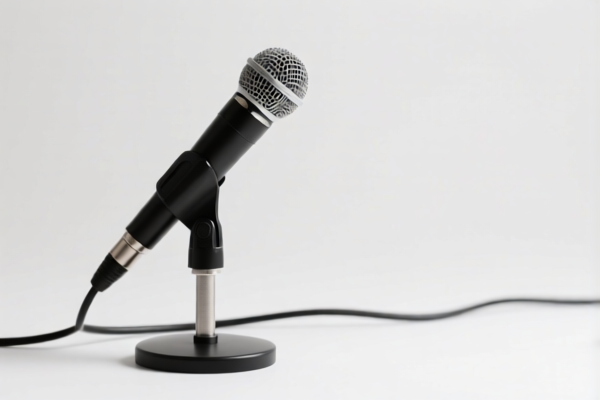| HS Code | Official Doc | Tariff Rate | Origin | Destination | Effective Date |
|---|---|---|---|---|---|
| 8304000000 | Doc | 33.9% | CN | US | 2025-05-12 |
| 9403999045 | Doc | 80.0% | CN | US | 2025-05-12 |
| 8310000000 | Doc | 55.0% | CN | US | 2025-05-12 |
| 8306100000 | Doc | 35.8% | CN | US | 2025-05-12 |
| 8306290000 | Doc | 30.0% | CN | US | 2025-05-12 |
| 8518104000 | Doc | 55.0% | CN | US | 2025-05-12 |
| 8518108040 | Doc | 37.5% | CN | US | 2025-05-12 |
| 8548000000 | Doc | 55.0% | CN | US | 2025-05-12 |
| 9620005000 | Doc | 60.3% | CN | US | 2025-05-12 |
| 9620006500 | Doc | 57.9% | CN | US | 2025-05-12 |




Speaker Stand
A speaker stand is a support structure used to elevate a loudspeaker, typically to improve sound projection and listening experience. They are commonly used in home audio setups, professional recording studios, live sound reinforcement, and public address systems.
Material
Speaker stands are constructed from a variety of materials, each offering different characteristics in terms of stability, weight capacity, and aesthetics:
- Steel: The most common material, offering high strength and stability. Often powder-coated for durability and appearance.
- Aluminum: Lighter than steel, making them easier to transport. Often used in portable applications.
- Wood: Provides a more aesthetic appearance and can offer vibration damping properties. Often used in home audio environments. MDF (Medium-Density Fiberboard) is a common wood composite used.
- Cast Iron: Offers exceptional stability due to its weight, but is less portable.
- Plastic: Less common, generally used for lightweight, budget-friendly stands.
Purpose
- Improved Sound Quality: Elevating speakers decouples them from the floor, reducing resonance and unwanted vibrations that can muddy the sound.
- Optimal Listening Position: Raises the speaker to ear level when seated or standing, improving imaging and clarity. Tweeters are often positioned at ear height for best results.
- Aesthetics: Provides a cleaner, more organized look compared to placing speakers directly on furniture or the floor.
- Space Optimization: Can free up valuable floor space.
Function
Speaker stands function primarily by providing a stable platform for loudspeakers. Key functional aspects include:
- Support: Holding the weight of the speaker securely.
- Damping: Reducing unwanted vibrations through material choice and internal construction. Some stands incorporate sand or other materials for increased damping.
- Cable Management: Many stands include features for routing and concealing speaker cables.
- Adjustability: Height adjustment is common, allowing for precise positioning.
- Leveling: Adjustable feet or leveling mechanisms ensure stability on uneven surfaces.
Usage Scenarios
- Home Audio: Used with bookshelf speakers, studio monitors, and other smaller loudspeakers in living rooms, home theaters, and listening rooms.
- Recording Studios: Essential for positioning studio monitors for accurate mixing and mastering.
- Live Sound Reinforcement: Used to elevate PA speakers for wider coverage and improved audibility.
- Public Address Systems: Used in schools, churches, conference rooms, and other venues.
- DJing: Used for positioning DJ speakers for optimal sound projection.
Common Types
- Traditional Stands: Typically constructed from steel or aluminum with a triangular base for stability. Often adjustable in height.
- Studio Monitor Stands: Designed specifically for studio monitors, often with a focus on damping and isolation. May include features like sandbags or isolation pads.
- Floor Stands: Taller stands designed for larger loudspeakers.
- Subwoofer Stands: Designed to support subwoofers, often with a larger base for stability.
- Satellite Speaker Stands: Smaller stands designed for satellite speakers in surround sound systems.
- Adjustable Height Stands: Allow for a wide range of height adjustments to suit different listening environments and preferences.
- Tiltable Stands: Allow for adjusting the angle of the speaker to optimize sound projection.
Speaker stands can generally be categorized based on their material and function. The following HS codes may be relevant:
- 8518108040: Microphones and stands therefor: Other Other. This code covers microphone stands, which can include speaker stands designed to hold microphones. The basic tariff is 0.0%, with an additional tariff of 7.5% and a further 30% after April 2, 2025. The total tariff rate is 37.5%.
- 9620005000: Monopods, bipods, tripods and similar articles: Other: Of plastics. This code applies to speaker stands made of plastic. The basic tariff is 5.3%, with an additional tariff of 25% and a further 30% after April 2, 2025. The total tariff rate is 60.3%.
- 9620006500: Monopods, bipods, tripods and similar articles: Other: Of iron or steel. This code applies to speaker stands made of iron or steel. The basic tariff is 2.9%, with an additional tariff of 25% and a further 30% after April 2, 2025. The total tariff rate is 57.9%.
Important Note: When declaring speaker stands under HS code 9620005000 or 9620006500, it is important to verify the material composition (plastics, iron, or steel) to ensure accurate classification.
Customer Reviews
No reviews yet.